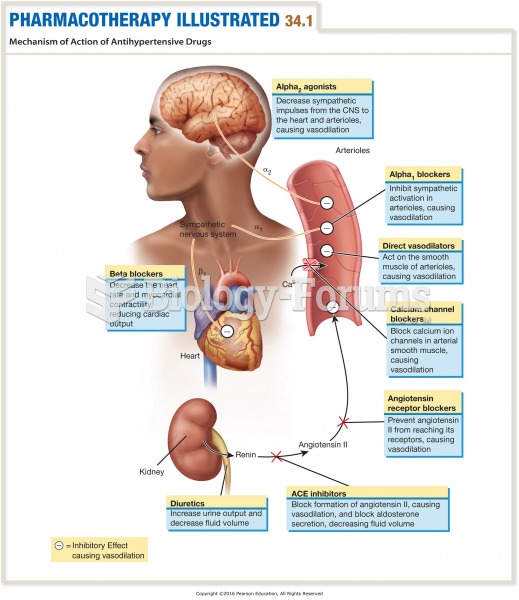Answer to Question 1
- All the young girls have traveled by bus to a summer camp in Georgia, a setting that proves particularly important in its themes of group dynamics and racism. They are removed from their usual environment, the south suburbs of Atlanta, where whites and blacks rarely interact. At their almost all-black elementary school, the narrators Brownie troop is a dominant group led by Arnetta, who especially enjoys ridiculing and persecuting other kids in school. The camp brings together an all-black Brownie troop and an all-white Brownie troopa new experience for the girls.
That these girls are at a camp as a
Brownie group brings a particular irony to the storys action. As the premier leadership development organization for girls in the United States, Girl Scouts exists to help young women discover their potential, connect with others and take action in their communities and the world (
www.girlscouts.org). The girls in this story are out of their comfort zones. Away from their homes and school, we see that their attitudes, revealed through actions, are inconsistent with the Girl Scout motto of Courage, Confidence, Character.
Answer to Question 2
- The mans death begins with the frost on his face. After he opens his coat in order to get his lunch, he exposes his extremities and skin so that both become numb. Then a stinging ache comes, followed by shiveringespecially after his feet get wet. Over time, the shivering ceases, especially after he deliriously runs around. Unexpectedly, he then feels so warm and comfortable that he even considers freezing was not so bad as people thought (par. 38). After he staggers and falls, his mental confusion becomes so great that he feels out of himself (par. 41). He then surrenders to the drowsiness that signals his end. Londons vivid description of this process of freezing to death is an essential part of the story.
By describing this process in stages, the reader imaginatively experiences the freezing along with the man. As we take the time to read this process, the reader is mindful of the length of time that the mans body has been exposed to such a perilous setting. Londons detailed account builds the readers sympathy for a man, whose pride and inexperiencenot the treacherous weather are the real cause for his painful, unnecessary, and solitary death.







